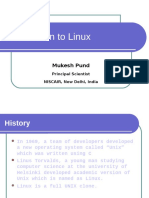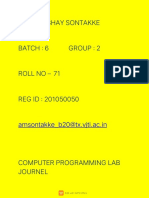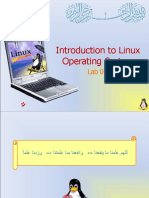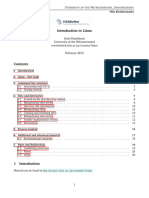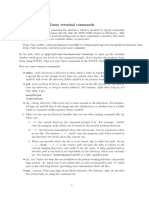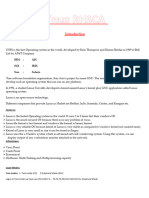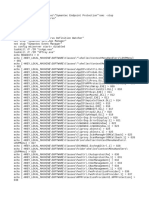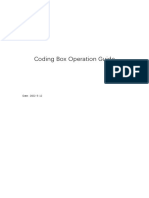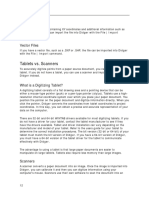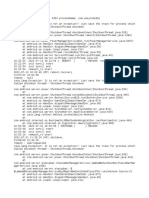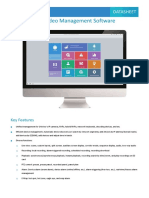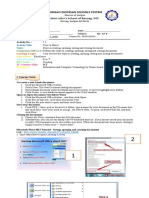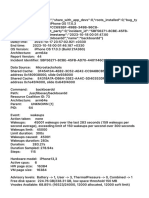0% found this document useful (0 votes)
8 views3 pagesIMAT5122-Lab-03-Introduction To GNU Linux and Its Shell
The document outlines a laboratory session focused on introducing students to GNU/Linux (Ubuntu) and its shell. It includes tasks for exploring the Ubuntu interface, using applications like Firefox and LibreOffice, and understanding key differences between Windows and GNU/Linux command lines. Additionally, it encourages students to complete a tutorial on Linux command line usage and offers an optional task for those interested in building their own GNU/Linux system from scratch.
Uploaded by
frances smoakCopyright
© © All Rights Reserved
We take content rights seriously. If you suspect this is your content, claim it here.
Available Formats
Download as DOCX, PDF, TXT or read online on Scribd
0% found this document useful (0 votes)
8 views3 pagesIMAT5122-Lab-03-Introduction To GNU Linux and Its Shell
The document outlines a laboratory session focused on introducing students to GNU/Linux (Ubuntu) and its shell. It includes tasks for exploring the Ubuntu interface, using applications like Firefox and LibreOffice, and understanding key differences between Windows and GNU/Linux command lines. Additionally, it encourages students to complete a tutorial on Linux command line usage and offers an optional task for those interested in building their own GNU/Linux system from scratch.
Uploaded by
frances smoakCopyright
© © All Rights Reserved
We take content rights seriously. If you suspect this is your content, claim it here.
Available Formats
Download as DOCX, PDF, TXT or read online on Scribd
/ 3


